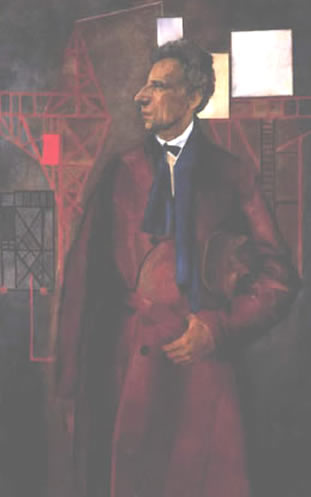Summary
Unity of Time: Requires the play's action take place in twenty-four hours or less.Unity Of Place: Requires the play's action take place in a single locale.
Unity Of Action: Requires the play to dramatize only one central story or action which eliminates action not relevant to the plot.
Questions
Time : A. mentions in one passage only (V.4) that, as opposed to Epic poetry, tragedy tends to confine itself to a 'single revolution of the sun'...Action : very important - it should be one action (praxis), that is, one related set of actions:
"the mimesis is one when the object imitated is one, so the plot, being a mimesis of an action, must imitate one action and that a whole, the structural union of the parts being such that , if any one of them is displaced, or removed, the whole will be disjointed and disturbed. For a thing whose presence or absence makes no visible difference, is not an organic part of the whole" (VIII: 4)
The length of the action should be such that it "may be easily embraced in one view; so in the plot a certain length is necessary, and a length which can be easily embraced by memory" (VII: 5).
Notes
'Persona' more than 'character': " Neither an individual nor a person in the full sense ... [but] an analogue limited by some kind of functionality, ... an aspect of identity, verging towards individuality and selfhood and having in consequence as much unity as his complex functionality will allow" [Garton, 1972, 16].
Intro to Play Analysis
P:laywright's Guide
Story Structure
Poetics
Page & Stage
Playmaking
Drama Structure
Vector Theory
Theory
Backwards and Forwards: A Technical Manual for Reading Plays by David Ball; Southern Illinois University Press, 1983 : - Part One: Shape - 1: What Happens That Makes Something Else Happen? - 2: And What Happens Next? - 3: But Do It Backwards - 4: Stasis and Intrusion - 5: Obstacle, Conflict - 6: Ignorance is Bliss (or: the Very Cause of Everyone's Lunacy About Hamlet) - 7: Things Theatrical - Part Two: Methods - 8: Exposition - 9: Forwards: Hungry for Next - 10: Missing Persons (character) - 11: Image - 15: Families - 16: Generalities: Mood, Atmosphere - 17: The Unique Factor - 18: Changing Eras - 19: Climax - 20: Beginnings/Endings - 21: Rereading - 22: What Next?
2007 Aristotle : Poetics ideas
... links/web2.0




